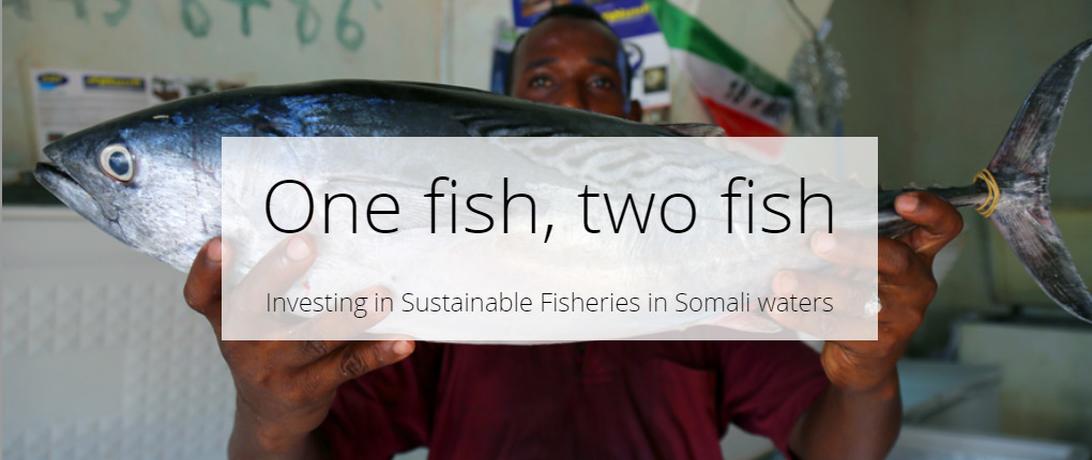by Ciera Villegas
The Somali marine ecosystem is rich in a diversity of living resources. These resources provide a suite of investment opportunities to international donors interested in improving food and economic security in Somali coastal communities. In order to see the best return on investments, donors should promote education programs that emphasize sustainably-fished stocks like anchovies, sardines, herrings, and sustainably-fished tunas (kawakawa, bigeye, skipjack) and avoid unsustainably fished stocks like sharks and yellowfin tuna.
Secure Fisheries’ most recent report, Somali Coastal Development Opportunities, combines data-driven analysis with local knowledge to identify favorable locations for fishing-sector investments along the Somali coast. Of the six case studies included in the report, all can benefit from education programs that highlight the importance of the long-term sustainability of vulnerable species like sharks and yellowfin tuna.
If yellowfin tuna are unsustainably fished, which tunas are sustainably-fished in Somali waters and what makes them unique? What role do sharks play in the Somali coastal marine ecosystem? And why are anchovies, herrings, and sardines more sustainable alternatives?
Find out more in our Story Map, “One fish, two fish: Investing in Sustainable Fisheries in Somali Waters,” an interactive online tool which utilizes a combination of text, pictures, and video to illustrate how sustainability classifications and market preferences can inform healthy resource management, business investment, and community resilience along the Somali coast.
